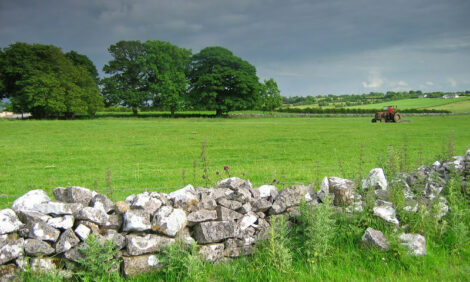



Check Salinity Levels In Stock Water Supplies
AUSTRALIA - Cattle producers in the State’s south-west are urged to check salinity levels in stock water to ensure the safety of their stock. The reminder from the Department of Agriculture and Food follows recent reports of health problems, and some deaths, in cattle drinking saline water from south-west river sources.
Bunbury-based department veterinarian Tom Hollingsworth said low water levels in dams and rivers, as a result of the dry 2010 season and hot summer, increased the risk of salinity in many types of stock water sources, including dams and rivers.
“It is vital for farmers to regularly monitor water quality, particularly salt levels in all stock water storages until good winter rains arrive and fresh run off is established,” he said.
Dr Hollingsworth said tolerance to salt in stock water varied with stock type, weather conditions and salt level in food.
“Dry stock, particularly wethers, are most tolerant, while lactating dairy cows are most susceptible to salt poisoning,” he said.
“Some commercial stock feeds and stock licks contain added salt and their use should be carefully considered where salt levels in water are increasing.”
Sudden very high salt loads cause abdominal pain, diarrhoea, dehydration and death.
“Lower doses can cause nervous signs such as head tilt, abnormal eye movements and blindness, while even lower doses can produce restlessness and poor appetite,” Dr Hollingsworth said.
Basic salinity testing is provided by stock agents, pool supplies companies, irrigation suppliers and some community landcare groups. More complex water quality testing is provided by commercial analytical laboratories.
TheCattleSite News Desk


